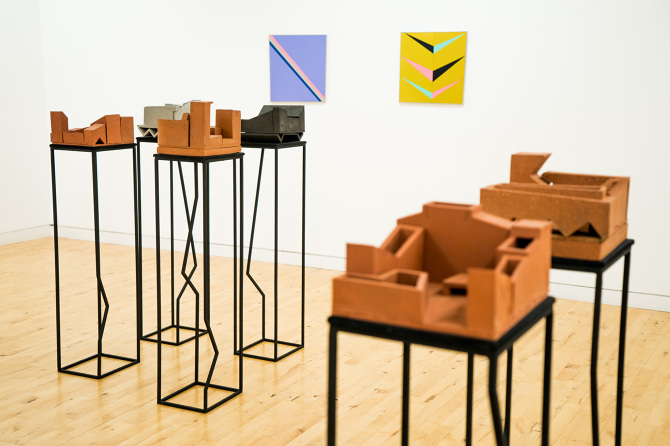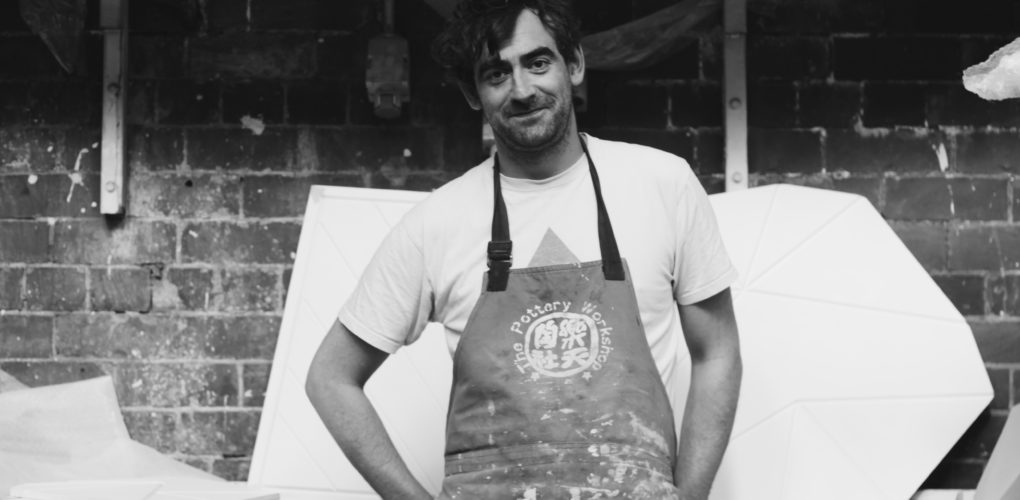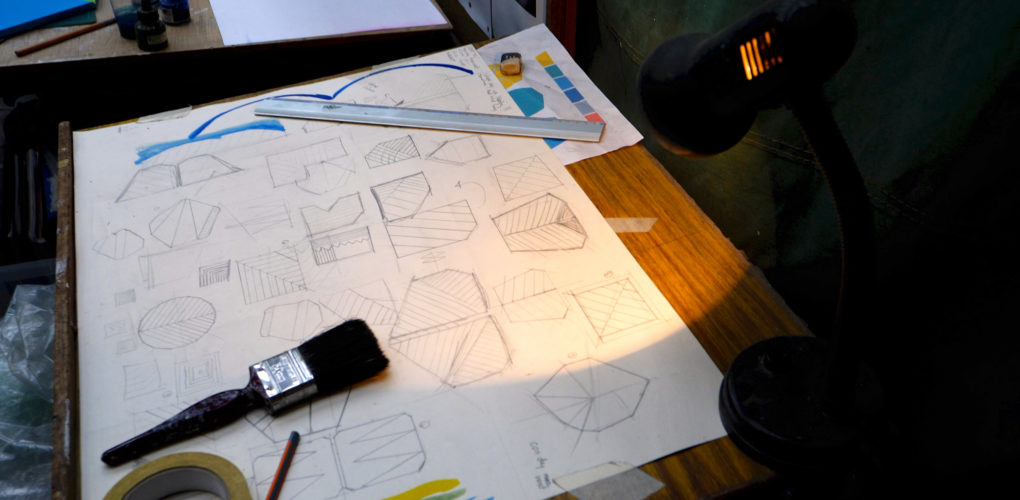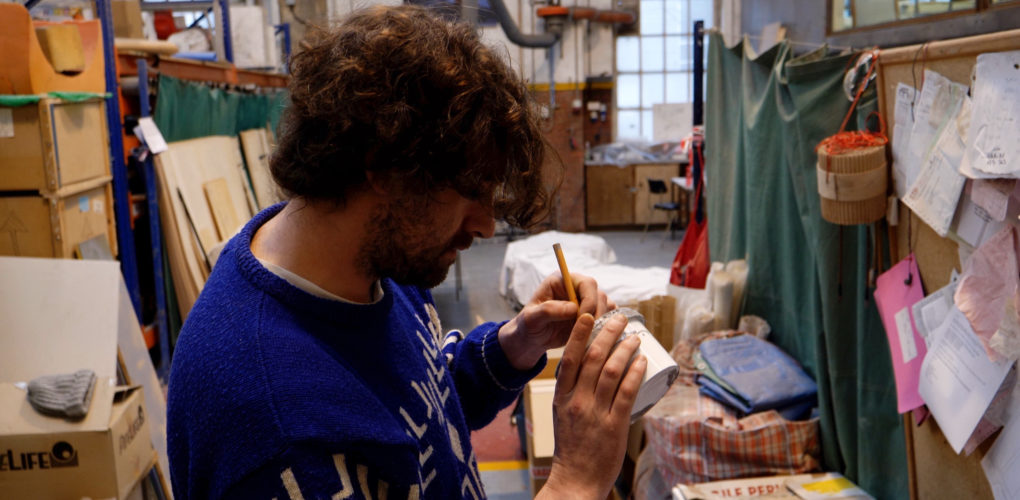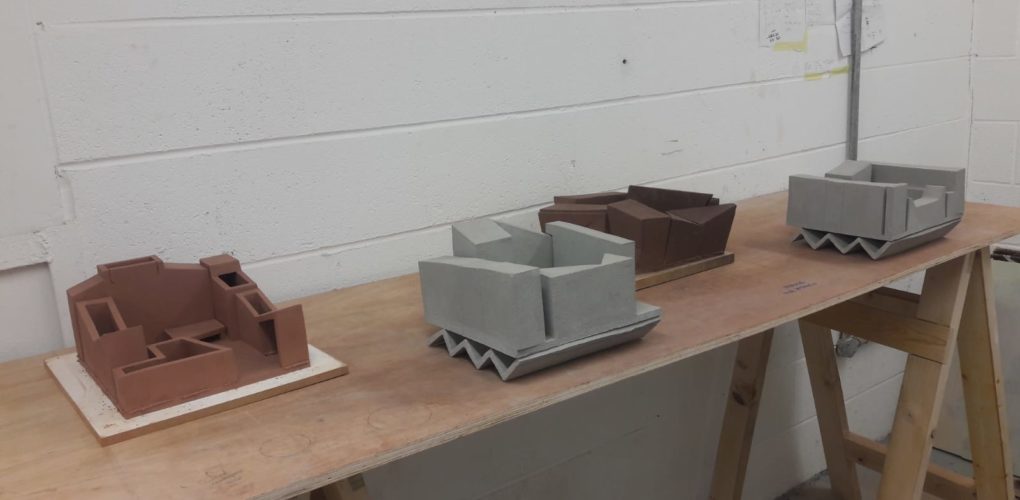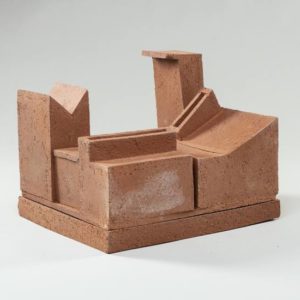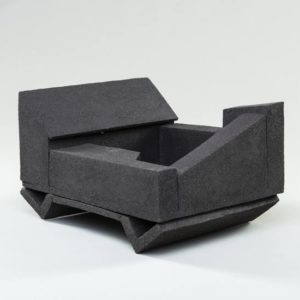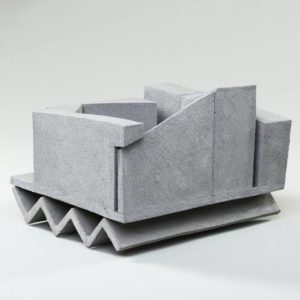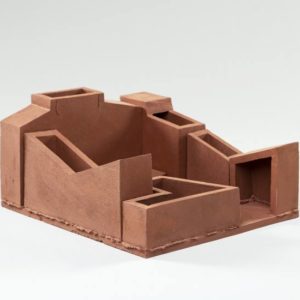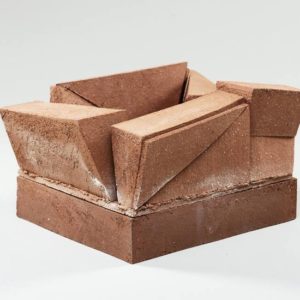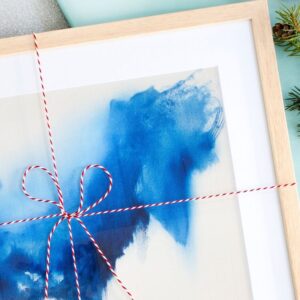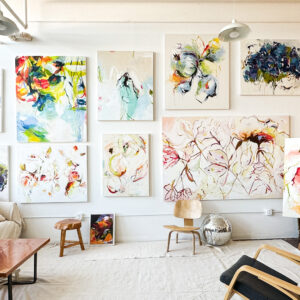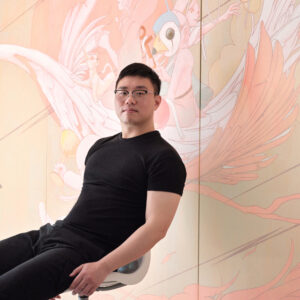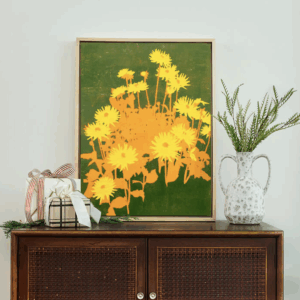Art We Love
 First Look: New Form by Kevin Callaghan
First Look: New Form by Kevin Callaghan
The perception and imagination of the viewer becomes part of the art in New Form, a recent series of ceramic sculptures by Kevin Callaghan. From a distance, one might see these works as the walls of a village, and imagine these structures as the potential mock-ups for a utopian city, or perhaps as otherworldly buildings that defy practicality. Up close, these small sculptures—each of which is constructed within the constraints of its 30-by-30 centimeter base—draw the viewer in, with porous texture and unexpected nooks where the mind can wander.
In their modular construction and geometric forms, Kevin’s works are reminiscent of Minimalism, and similarly call upon the viewer to appreciate the fundamental physical relationships between planes, materials, light, and shadow. Kevin has exhibited his work widely, with a recent exhibition of New Form at GOMA Gallery of Modern Art in Waterford, Ireland, and he is currently undertaking a residency at the Irish Cultural Centre in Paris. Read on to take a first look, and learn more about Kevin’s New Form series, now available on Saatchi Art.
Tell us a bit about your background as an artist. What led to this series?
I studied ceramics for 10 years: I have a BA from the Crawford College of Art in Cork, Ireland; an MA in Ceramics and Glass from The Royal College of Art; and a Master Craftsperson in Pottery from the Craft and Design Council of Ireland.
My interest in clay began at the age of 17 in a foundation art and design course in Derry City, North Ireland—this is where I began to show a keen interest in a career in art. From then on, I found interest in sculpture.
How do these sculptures relate to your Back of Society paintings?
The title of the touring exhibition of both series Back of Society and New Form is Quite Similar But Actually Very Different, which is relevant in the sense that both series come from different schools of thought and making. Back of Society is very much about colour and wood, and New Form is grounded in abstraction in hand-built [ceramic] techniques. However, they have a relationship in movement and spontaneity through geometric patterns.
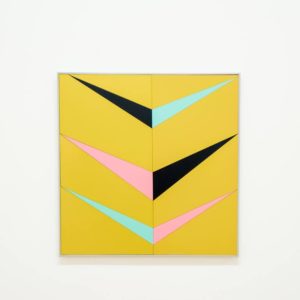
You mention that these sculptures draw on both mechanical engineering and traditional Japanese craftsmanship—can you tell us a bit more about these influences?
Throughout my education and practice, I drew a lot from drawing engines and complex structures, leading me to an interest [in architecture]. And on the other hand, I have been influenced by Japanese aesthetics from the ceramic and craft arena. In the series New Form, there is an evident synergy for an Asia dwelling or a Utopian Village. The freedom of movement in these pieces hold influences from both sides.
How did you approach making each piece? Is the construction of each wholly unique, or do they share the same building blocks?
Yes, each piece is unique and starts from a fresh palette: I aimed to exhaust different possibilities in each piece to maximize its dynamism. I would start by drawing on paper a section of interest, and then adding on areas as I felt appropriate. I would spend up to 40 or 50 hours on each piece. The only real pattern I used is the theme that each piece has, and the base sizes are the same, in order to give me a boundary in work within.
I understand that you’re generally interested in the interplay between form and consciousness. How do you hope viewers feel when looking at these works? What are they meant to see?
I think these pieces aim to give the viewer a sense of freedom and awareness. Given their abstract nature, the objects allow complexity in a very handmade “real” environment. An environment that may seem otherworldly, maybe one that lives outside of our own.
Love reading about all things art? You can have articles from Canvas, curated collections, and stories about emerging artists delivered straight to your inbox. Sign up for the Saatchi Art Newsletter.
